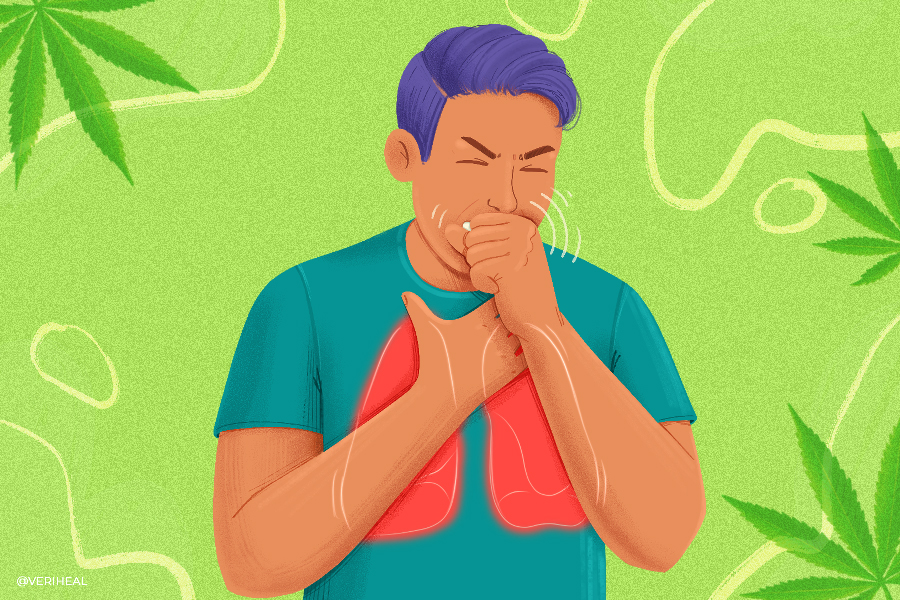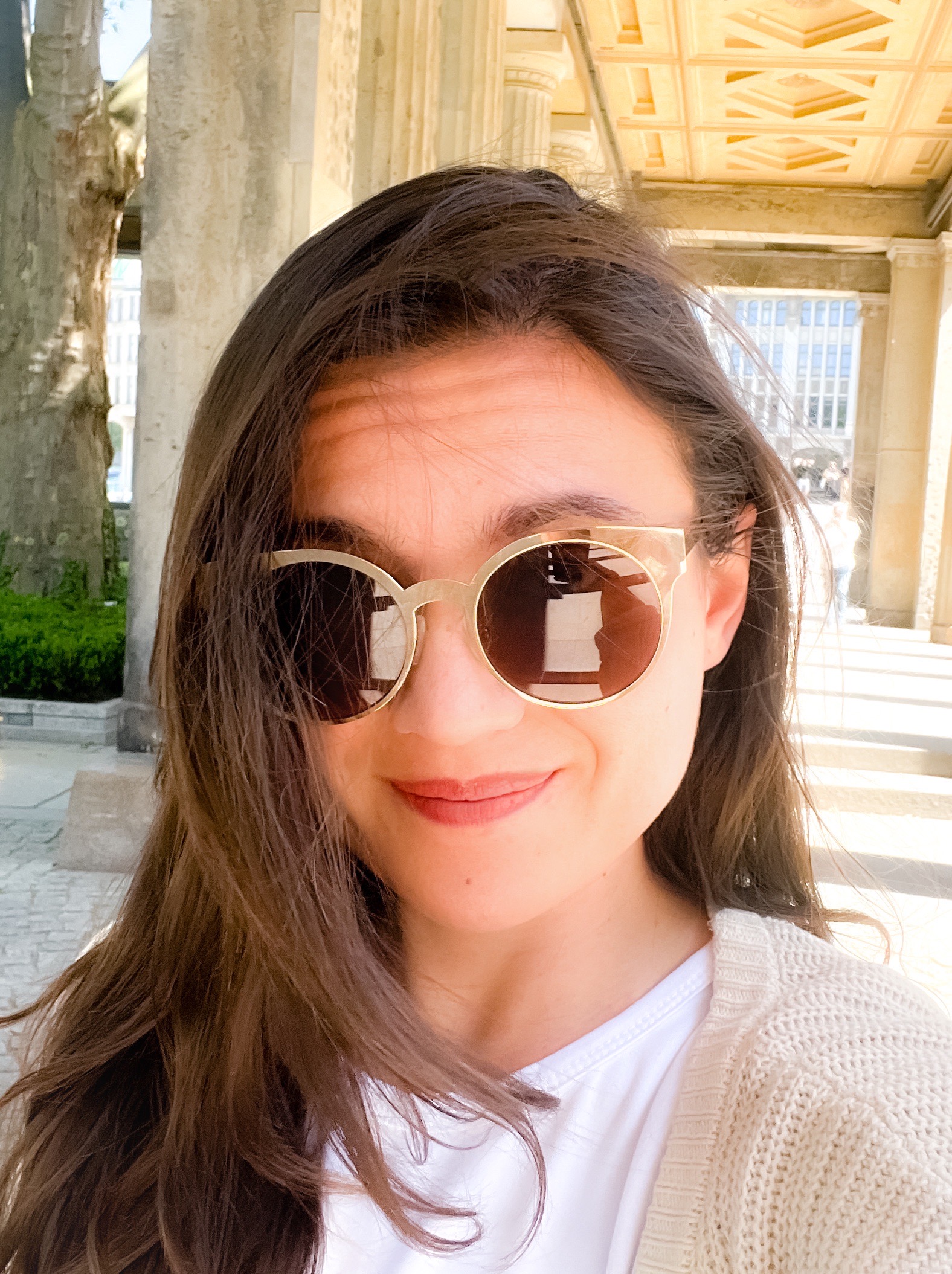Cannabis has had unique significance in human cultures worldwide for millennia. Yet, the journey of this remarkable plant through human history is also a complicated story of both celebration and stigmatization. Here, we will explore some fascinating cannabis rituals. This article further illuminates the profound relationship between human culture and the properties of this peculiar plant.
Many societies and religions have historically revered cannabis for its spiritual and healing effects. However, today, the plant is frequently portrayed as a symbol of counterculture or even criminality in certain parts of the world. Despite modern stigmas associated with cannabis, it is undeniable that humans have been connecting with the special properties of this herb for thousands of years.
Chinese Burial Ceremonies, 500 BCE
Archaeologists with the Chinese Academy of Sciences in Beijing discovered direct physical evidence that humans smoked marijuana as part of ritualistic practices as long as 2,500 years ago.
Excavators investigating tombs at the Jirzankal cemetery located high in Western China’s remote Pamir Mountains recovered ten wooden bowls and several stones found to contain burnt residue from the cannabis plant, Cannabis sativa. Many believe that people burned cannabis over heated stones. Participants inhaled the resulting smoke for its intoxicating effects as part of an ancient burial ritual.
Cannabis plants grew in the wild in Asia at the time. However, these plants contained such low levels of THC that they could not produce psychoactive effects. However, scientists studying the cannabis burned in the Pamir Mountains note that the samples displayed unusually high levels of THC versus the typical wild varieties found in the region during this period.
Since the cannabis was burned in an enclosed space for the ritual, mourners were most likely exposed to the high-THC smoke, inducing psychoactive states that were important for the ritual.
Why You Should Get Your Medical Marijuana Card
Veriheal has satisfied millions of patients nationwide by giving them access to these benefits
- Larger purchase limits
- Peace of mind
- Enhanced legal protection
- Access to higher potency strains
- Save up to 25% on cannabis purchases
- Skip the line at the dispensary
Hindu Spiritual Traditions with Cannabis Rituals, 1500-500 BCE
The earliest references to cannabis in ancient India come from sacred texts known as the Vedas, which serve as the foundation of Hinduism and contain extensive record of Hindu rituals and religious practices. Unlike the physical evidence found at the tombs in the Pamir Mountains, the only evidence of cannabis’ presence in ancient Indian Hindu rituals is found in writing. The Vedas, dating back as far as 1500 BCE, document cannabis’ significance in ritualistic practices and mention it as one of five sacred plants, which include soma (another plant used in rituals), barley, darbha grass, and a type of bean called mudga. Vedas culture believes that a guardian angel lived in the plant’s leaves. As such, the Vedas refer to cannabis as a source of happiness, joy-giver and a source of relief from anxiety.
In the Vedas, the Sanskrit word for cannabis is “bhang,” and people consumed it by preparing a sacred concoction. This meticulous blend included ground cannabis leaves, milk, spices, and herbs. People revered Bhang for its psychoactive effects, believing it brought them closer to the divine realm, and they consumed it during religious festivals and holidays, especially Holi and Maha Shivrati.
Bhang was often used in rituals dedicated to the god Shiva, who, according to legend, curiously sampled the leaves of a peculiar plant where he had fallen asleep from exhaustion and became instantly reinvigorated. So, Shiva decided to make bhang his favorite food and became known as “the lord of bhang.” Worshippers used cannabis’ psychoactive qualities to honor Shiva and connect with his divine consciousness. Many believed that consuming cannabis-infused offerings could enhance the spiritual experience, bringing a person closer to the divine.
Ancient Israelite Religious Rituals, 1000-700 BCE
At an archaeological site known as Tel Arad, burnt residue found at an ancient Jewish shrine indicates that Ancient Israelites burned cannabis as part of certain religious rituals. Atop two limestone altars within the 2,700-year-old shrine, excavators discovered the preserved remains of burnt offerings. Chemical analysis of the samples found that one of the altars featured residues of cannabinoids including CBD (cannabidiol), THC, and CBN (cannabinol). The presence of these compounds made it undeniable to scientists that the burned substance on the altar was cannabis.
Researchers suggest that cannabis was burned in rituals to induce psychoactive effects among worshippers. On the altar, a mixture of cannabis and animal feces was set on fire, creating a slow, low-temperature burn (very gross to imagine that they all were inhaling this smell). Despite its unpleasant scent, it produced enough smoke in the space to enable group inhalation.
Why the people were doing this – what was important about achieving a group high for this ritual – is still mysterious. Deepening the mystery, researchers noted cannabis burning alongside frankincense but on a separate altar. Instead of blending the aromatic compounds, the cannabis offering stood alone, suggesting independent, special significance in the ritual and culture, the details of which remain unknown.
An Important Cultural History of Cannabis Rituals
Examining the ancient rituals involving cannabis offers a compelling glimpse into the profound and enduring significance of this plant in the human experience. Historical practices reveal the profound intertwining of cannabis with spiritual, medicinal, mystical, and divine practices across diverse cultures. The complex relationship between human culture and this versatile plant still holds many mysteries, but despite the modern stigmatization that surrounds cannabis, its traditional use in human history suggests that the plant has had widespread and longstanding cultural significance in connecting humans to the natural and spiritual worlds.
Author, Share & Comments
















